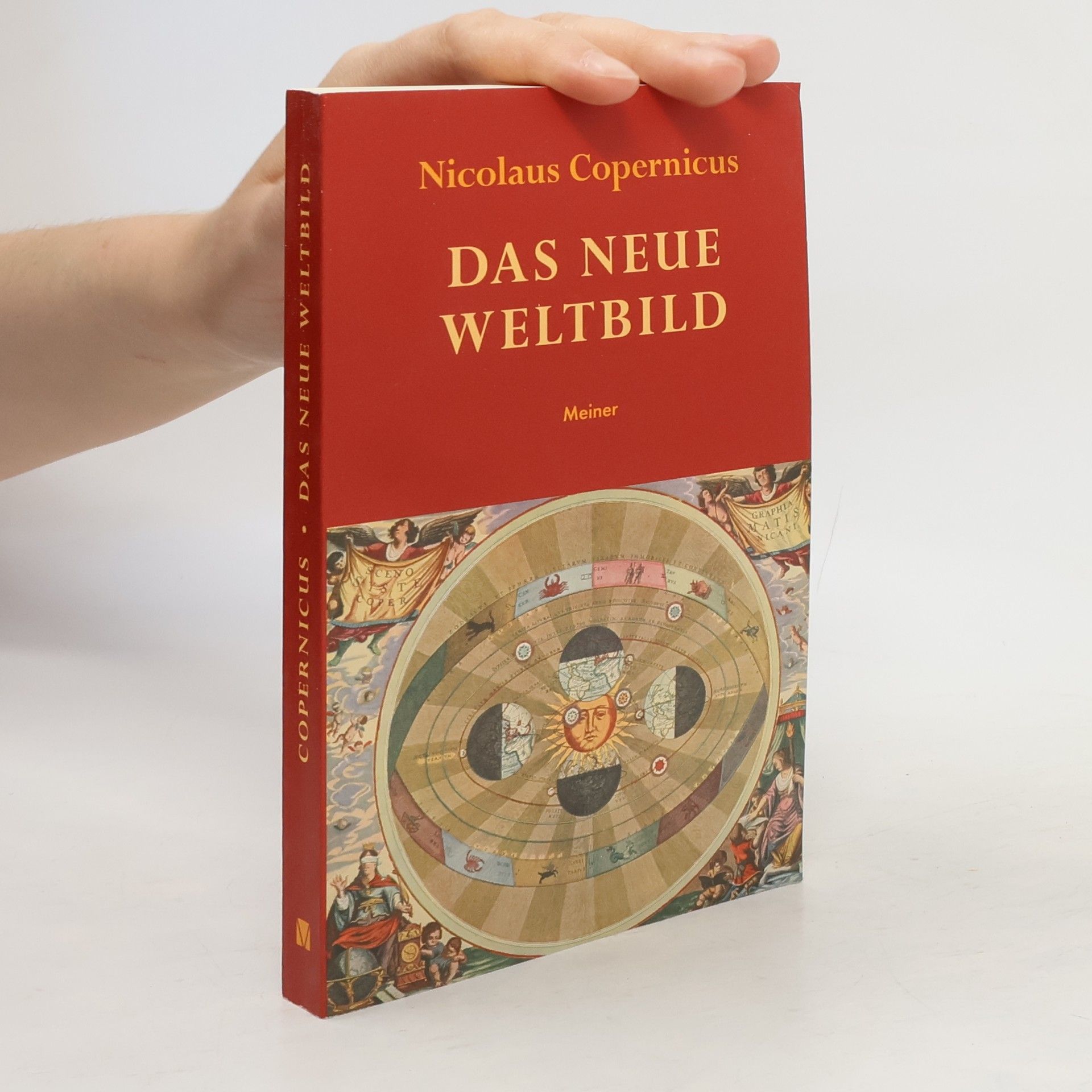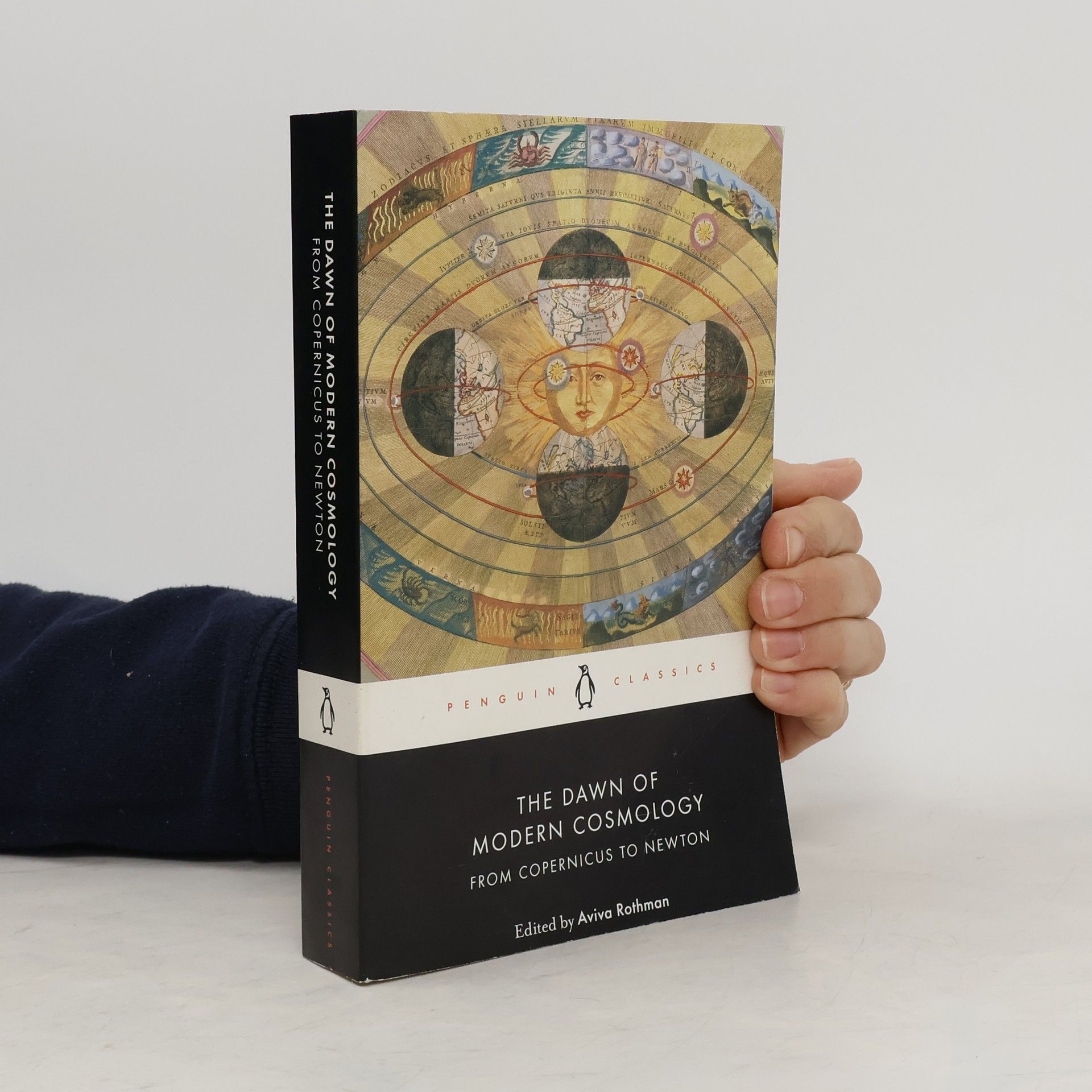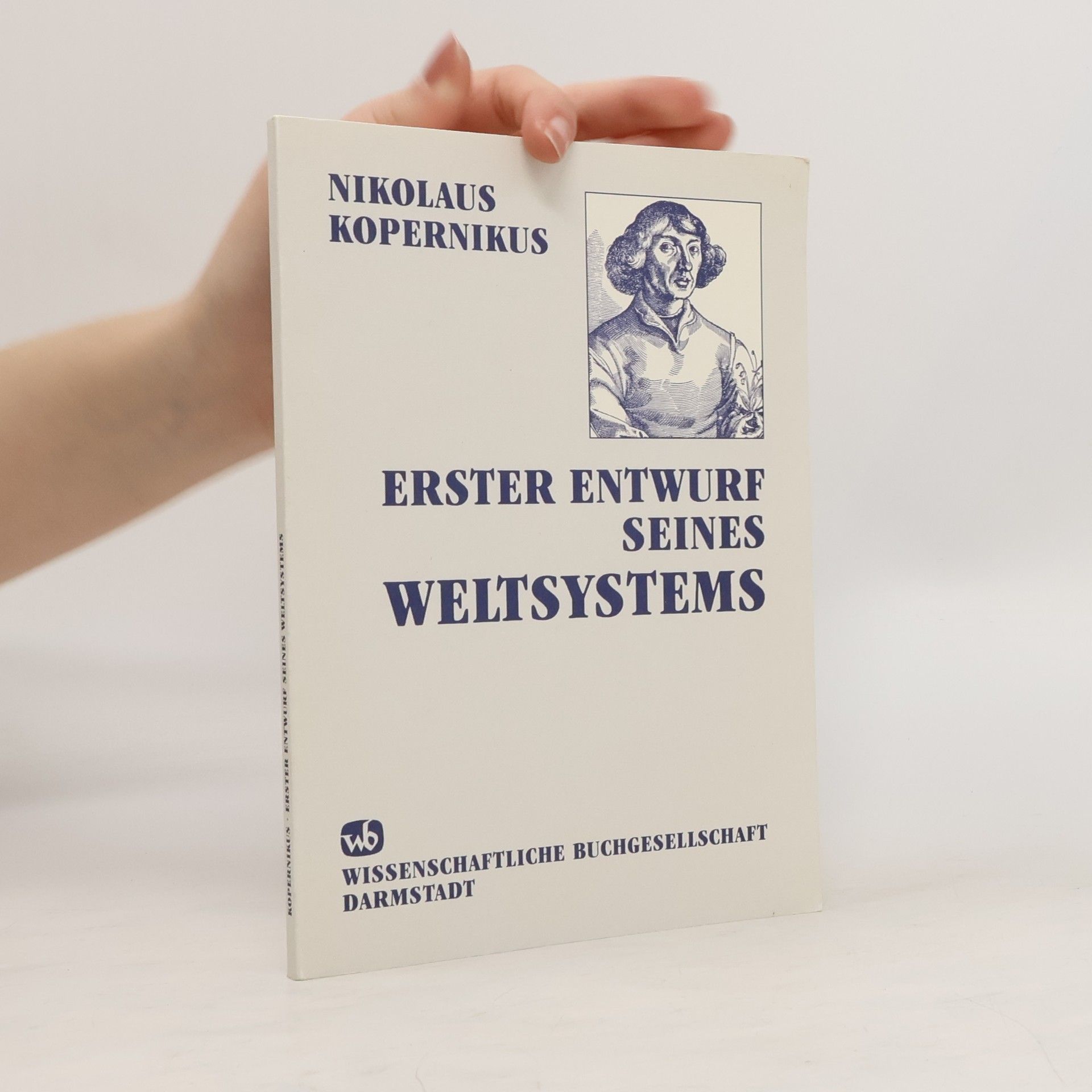The Ptolemaic system of the universe, with the earth at the center, had held sway since antiquity as authoritative in philosophy, science, and church teaching. Following his observations of the heavenly bodies, Copernicus abandoned the geocentric system for a heliocentric model, with the sun at the center. This book stands as one of the supreme monuments of science. It led to one of the greatest intellectual revolutions of all time, and profoundly influenced, among others, Galileo and Sir Isaac Newton
Mikuláš Koperník Livres







New to Penguin Classics, the astonishing story of the Copernican Revolution, told through the words of the ground-breaking scientists who brought it about A Penguin Classic In the late fifteenth century, the earth stood motionless at the center of a small, ordered cosmos. Around us, it was believed, the moon, the sun, and the planets revolved in crystalline spheres, their orbits perfect, eternally unchanging circles. Just over a century later, the sun was now the center of creation; the earth just another planet hurtling through empty, near-infinite space. This is the story of an astonishing change, a transformation in human thought, about both the universe and our place within it, told through the words of the astronomers and mathematicians at its heart. Encompassing the most evocative excerpts from the works and letters of Copernicus, Galileo, Kepler, Descartes, Newton, and others, and including guiding notes from renowned historian of science, Aviva Rothman, The Dawn of Modern Cosmology is the definitive record of one of science's greatest achievements.
O obězích nebeských sfér
- 248pages
- 9 heures de lecture
Kniha přináší komentovaný český překlad první knihy epochálního díla Mikuláše Koperníka (1473–1543) O obězích nebeských sfér, které vyšlo tiskem poprvé v Norimberku roku 1543. Překlad spolu s komentářem a poznámkami pořídil již v sedmdesátých letech 20. století náš vůbec nejvýznamnější historik astronomie, a kopernikanismu zvláště, Zdeněk Horský (1929–1988). V češtině však první kniha Oběhů vychází v upravené podobě teprve nyní. Jako úvod k překladu slouží další Horského text, původně samostatná knížečkaMikuláš Koperník. Profil významné osobnosti renesanční doby.Přestože poprvé vyšla jako jedna z mnoha menších publikací ke Koperníkovu výročí v roce 1973,stále představuje fundovaný a čtivý úvod do problémů spojených s Koperníkovým dílem.
Seit Copernicus (1473-1543) weiß die Welt, daß die Erde nicht im Zentrum des Universums steht, sondern um die Sonne kreist. Dargelegt hat Copernicus seine Erkenntnis, die auf der Analyse der sorgsam beobachteten Bewegungen am Himmel beruht, in seinem (natürlich in lateinischer Sprache abgefaßten) Hauptwerk „Über die Kreisbewegungen der Himmelskörper“, das heute in seiner Gänze - wegen des zeitlichen Abstands - allenfalls für Spezialisten auf dem Gebiet der Erforschung der Geschichte der Astronomie noch lesbar ist. Für den breiteren Leserkreis, der Interesse daran hat, einmal nachzulesen, wie und mit welchen Argumenten Copernicus das (theologisch begründete) alte Weltbild aus den Angeln hob, bietet die vorliegende Ausgabe eine ausführlich kommentierte Auswahl der zentralen Texte, in denen Copernicus seine Entdeckung erklärt und begründet. Gegeben wird das 1. Buch von „Über die Kreisbewegungen der Himmelskörper“, in dem Copernicus seine Entdeckung auf den Punkt bringt, vorangestellt sind die kurze Abhandlung „Über die Erklärungsgrundlagen der Bewegungen am Himmel“ und der „Brief gegen Werner“ - zwei Texte, die für das Verständnis der Genese des von ihm begründeten „Kopernikanischen Weltbilds“ von großer Bedeutung sind. Alle Texte werden zweisprachig (lat. dt.) präsentiert und sachkundig erläutert.



